
Will Elon Musk's Neuralink Make The World A Better Place?
Tesla, SpaceX, OpenAI, Hyperloop, The Boring Company… the list of Elon Musk’s innovative companies is both long and diverse. Could one of his newer and more secretive ventures, Neuralink, allow us to achieve true synergy between humans and computers?
JOHN NICHOLS
SEPTEMBER 04, 2020
04/09/20 Update: As this was published, Neuralink made an update to their website which added completely new sections on the science of the brain, their approach to neural implants and the potential applications of their devices. It’s short, snappy, and they’ve broken down what is a very detail-intensive and complicated concept into much simpler terms. If you’re interested in their work, it’s well-worth a read to gain a better understanding of what Neuralink are trying to achieve.
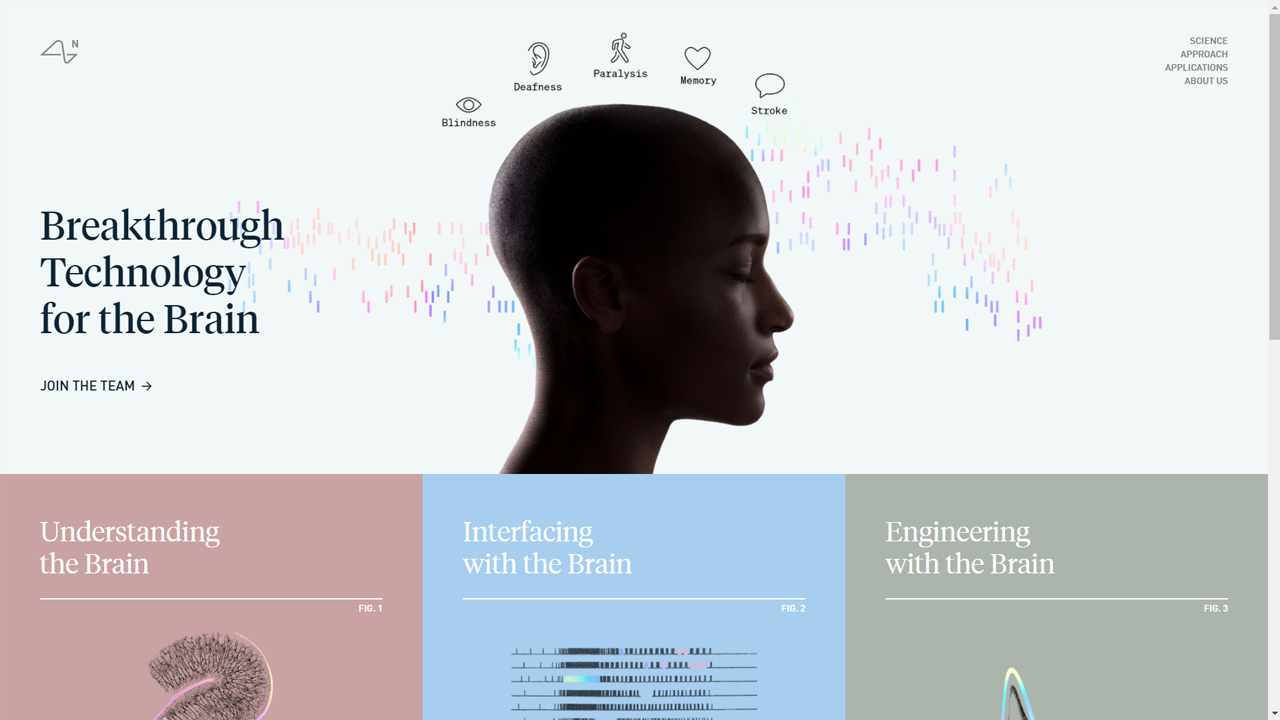
For all of our technological advancements, expansion in scientific knowledge and growth in the resources devoted to the cause, our own brains are largely still a mystery to us.
Whilst we understand the general chemical make-up of the brain, what each section does, and the part it plays in our wider nervous system, we know very little about such topics as how thoughts are generated, how memories are stored and recalled, and ultimately, what consciousness is.

As computers have become faster, smaller and capable of dealing with ever-larger amounts of data, the combination of our brains with computers has increasingly found itself as a plot point in fantasy novels and sci-fi epics alike, despite seeming so far away from reality. However, we may be closer to an integration between man and machine than you might think.
What is Neuralink?
Founded in 2016 by a team headed up by Elon Musk, Neuralink is an organisation aiming to develop ultra-high bandwidth implantable brain-machine interfaces (BMIs) – essentially a small chip, implanted on the brain, which can read and interpret brain activity, and eventually be able to write instructions to our brains, connecting humans and computers.
The short-term goal of the company is to treat serious brain diseases, from blindness and deafness to quadriplegia (a huge task in and of itself), with the long-term aim of human enhancement in order to combat the rise of AI, which many tech entrepreneurs, Musk included, believe presents an existential threat to the human race.
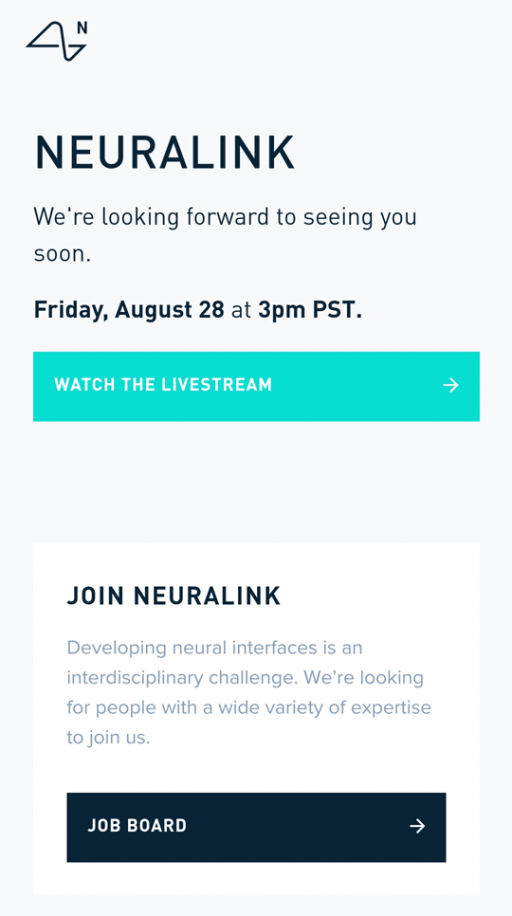
Aside from a small presentation in 2019 and the August 2020 presentation, the organisation has remained highly secretive, with its work shielded from the public eye. Indeed, their website is incredibly basic, with only a link to re-watch the August event, and their hiring page. Rumours have been abound for years about the status of the project, and whether we are any closer to the brain-computer integration which Elon and his team are actively working towards.
How does it work?
The current design of their so-called Link is a small, round chip (23mm by 8mm) which is implanted on the brain via numerous threads (4μm-6μm – many times thinner than a human hair), with the chip itself fitting within a small hole in the skull. This is performed automatically via surgical robots, and can be completed in less than an hour with no general anaesthetic required, with the patient able to leave the clinic the same day.
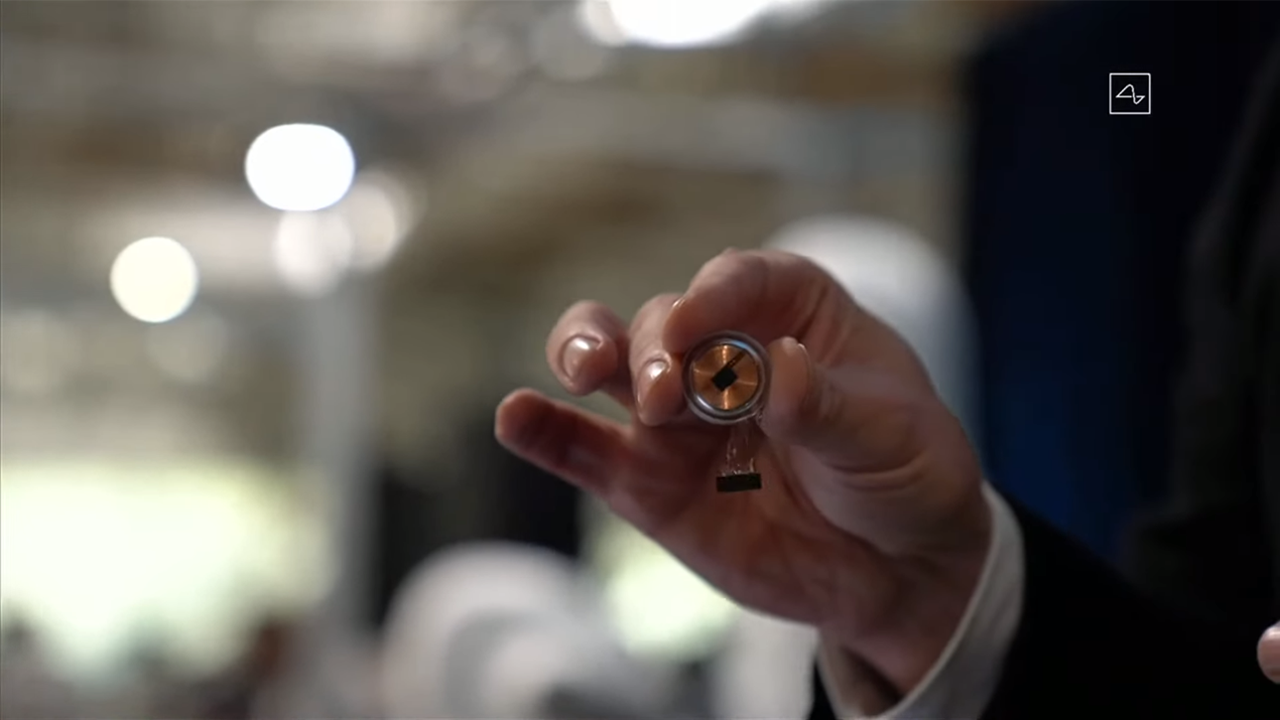
Each individual thread (the current device utilising 1024 channels) has the capability to both read from and write electric signals to your brain, although only the read functions have currently been utilised. The Link uses a Bluetooth-esque system to transmit data to a local hub, mostly likely to be your smartphone, for processing and visual interaction.
As the chip sits flush with the skull, it’s not clearly visible as it’s obscured by your hair – aesthetically a better solution than the device revealed in 2019 (see image below). This new device is charged whilst you sleep through a inductive connection, which should result in a more frictionless experience.
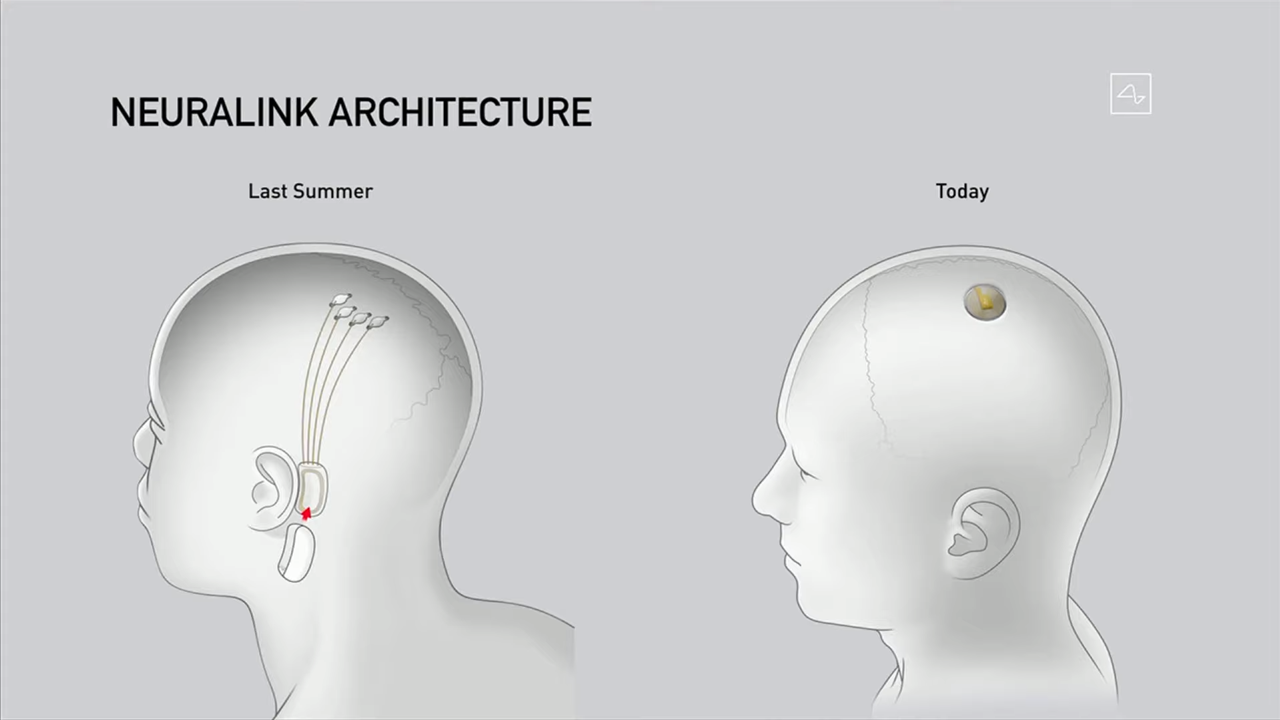
What if the hardware becomes outdated? The team have thought of this too, as all implants are designed to be removable with no damage to the brain. In the demonstration, they showed a pig which had its implant removed acting happy and normal as a pig should be.
What is their progress so far?
Last Friday, Neuralink held a press conference, where they provided an update as to the current status of their work. Musk described that this was done in order to attract world-leading talent to the project, and indeed there’s a plethora of roles in engineering that are currently available. The chance to work alongside some of the world’s leading talents on a technology that has the potential to make such impactful change must be an enticing prospect for many.
This consisted of a 25min planned presentation, followed by an 50min Q&A, with Musk and a team of around 10 senior Neuralink staff taking questions from the audience as well as from the public via Twitter.
As part of the presentation, they demonstrated three pigs; one which had never been Linked (Joyce), one which had the Link currently implanted (Gertrude), and one which had its Link removed (Dorothy).
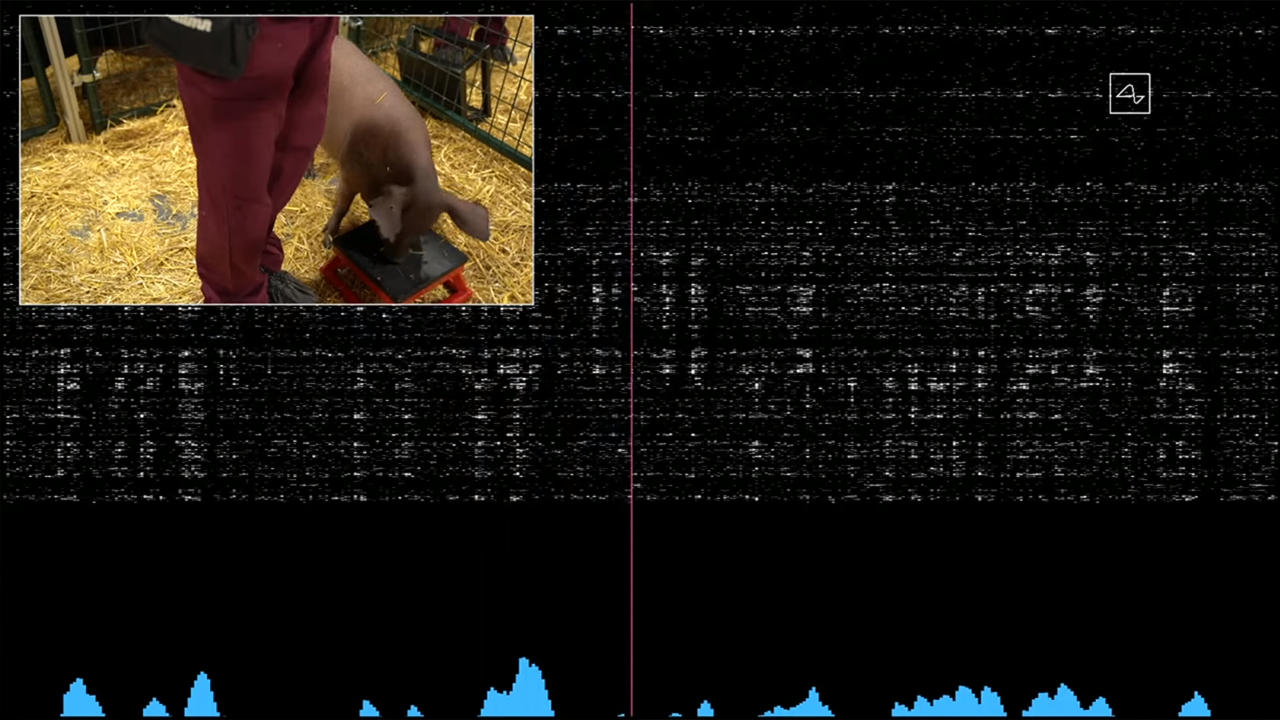
The implant, whilst able to both read and write, is currently only being used for its read capabilities, although with the chip able to accurately read both limb movement and snout use on the pig, it seems the Neuralink team is making steady progress.

Musk also announced that the Link had gained FDA designation as a “Breakthrough Device”, and that they would be starting human trials in the coming months, pending further approval and safety testing – news that is almost as big, if not bigger, than the demonstration of the technology itself.
What could Neuralink eventually do?
Within the presentation portion of this press conference, Musk stated that in future, the aim would be for the Link to solve conditions such as blindness, deafness and even conditions such as anxiety and addiction.
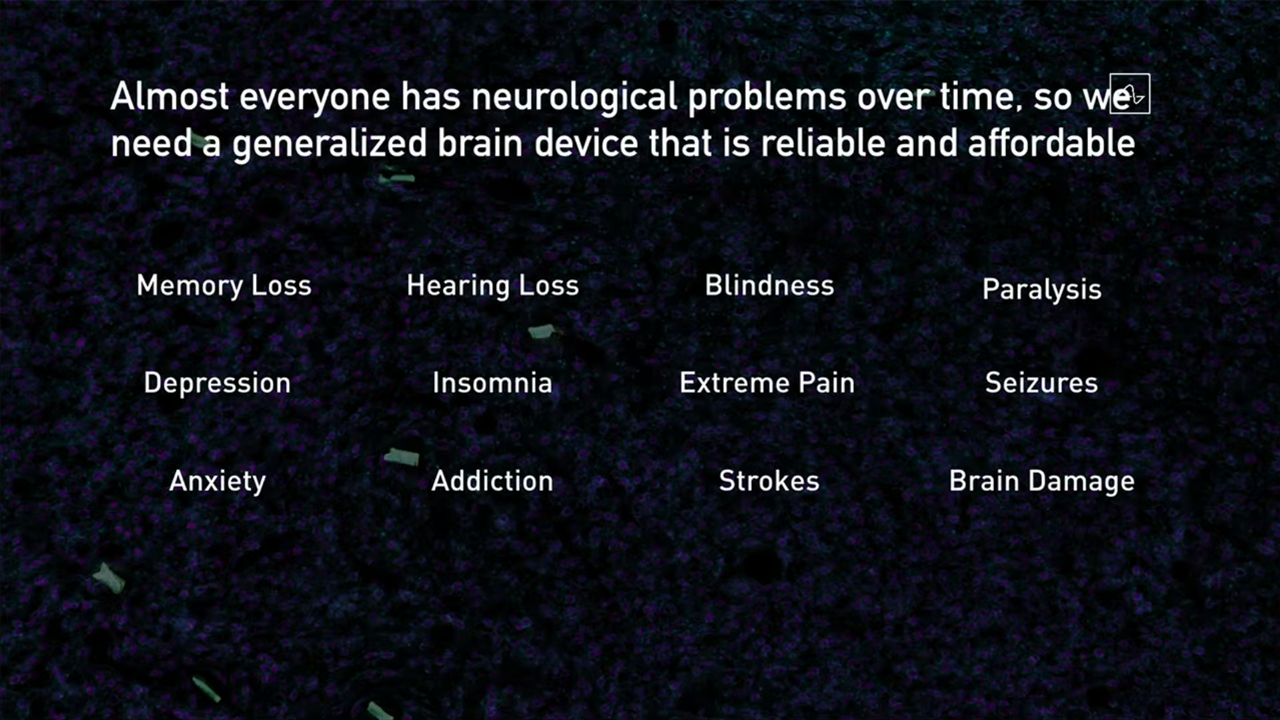
He also mentioned that, through the use of a node implanted in the lower spine in combination with the brain implant, the Link could bypass severed spinal cords, bringing lower extremity movement back to paraplegics and the like.
The team regularly affirmed that a strategic goal to aim towards was the ability of a paraplegic to play Starcraft using just their thoughts, and whilst this might seem like Musk trying to bring his fondness for internet culture into the discussion, this is actually a goal which requires a very complex set of problems to be solved. Brain reading speed of the Link, understanding of complex thoughts and their correct interpretation – all of these would be essential for Starcraft, and if this could be achieved, it opens the door to similarly complex practical applications and more.
Never missing a chance for cross-promotion, Musk also mentioned that you could, in future, summon your Tesla to you using your thoughts. He admitted that this was getting “a bit Black Mirror“, but also stated that the much-loved series has a good eye for feasible technological advancements – partly inspiring, but mostly unnerving to hear from such an influential tech entrepreneur.

Some altogether more prophetical questions were asked at the conference, such as whether a Neuralink device could eventually read, store and transfer memories, and whether it could eventually solve that which has alluded science for thousands of years – the root of consciousness. Although we are certainly a terribly long way away from answers to these questions, Musk was hopeful of the future potential of the device. Indeed, if his team as able to expand our knowledge of the brain enough, the capabilities of the Link could be limitless.
How far away are we?
Musk has always been an optimist when it comes to his projects, setting ambitious goals which aren’t always shared by those who work with him. It has been reported that only three of the eight original founding scientists of Neuralink are still working on the project, with the chaotic internal culture that Musk has fostered – seemingly a trait of his companies – playing a part in this high churn rate.
Despite this, although the Link currently only utilises its read capabilities, should these read capabilities become suitably accurate and reliable, you could write simple code which executes upon the reading of a particular signal – a basic example could be to open an app on your phone when a certain body part is touched (much like Gertrude’s snout) – and something like this, I believe, is likely to be the first real-world practical integration we will see.
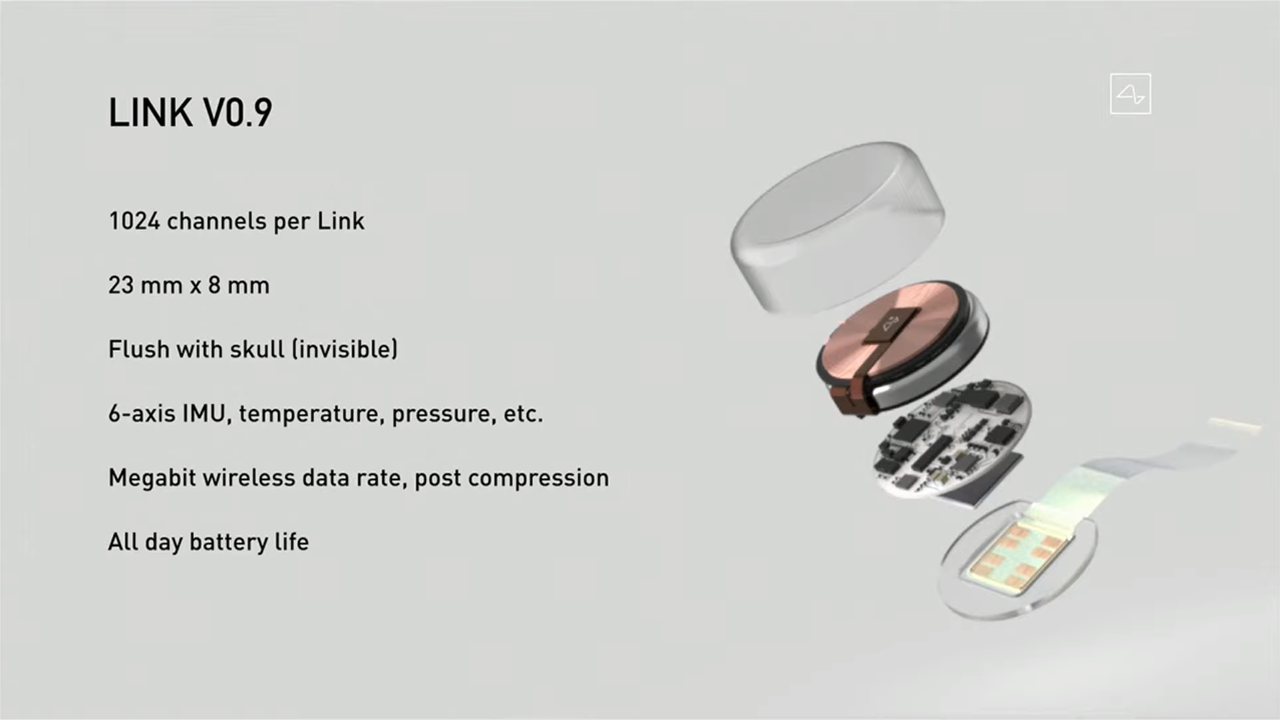
This progress is vitally important, but we are still far, far away from a deep-level understanding that would allow us to effectively control the brain. For his Link to be able to perform the tasks discussed, we need to develop a much greater understanding of brain chemistry and electrical signals for write capabilities to even have the potential to work as intended, not to mention work out all of the issues that will no doubt arise once we start trying to interfere with these signals or write instructions to a human brain.
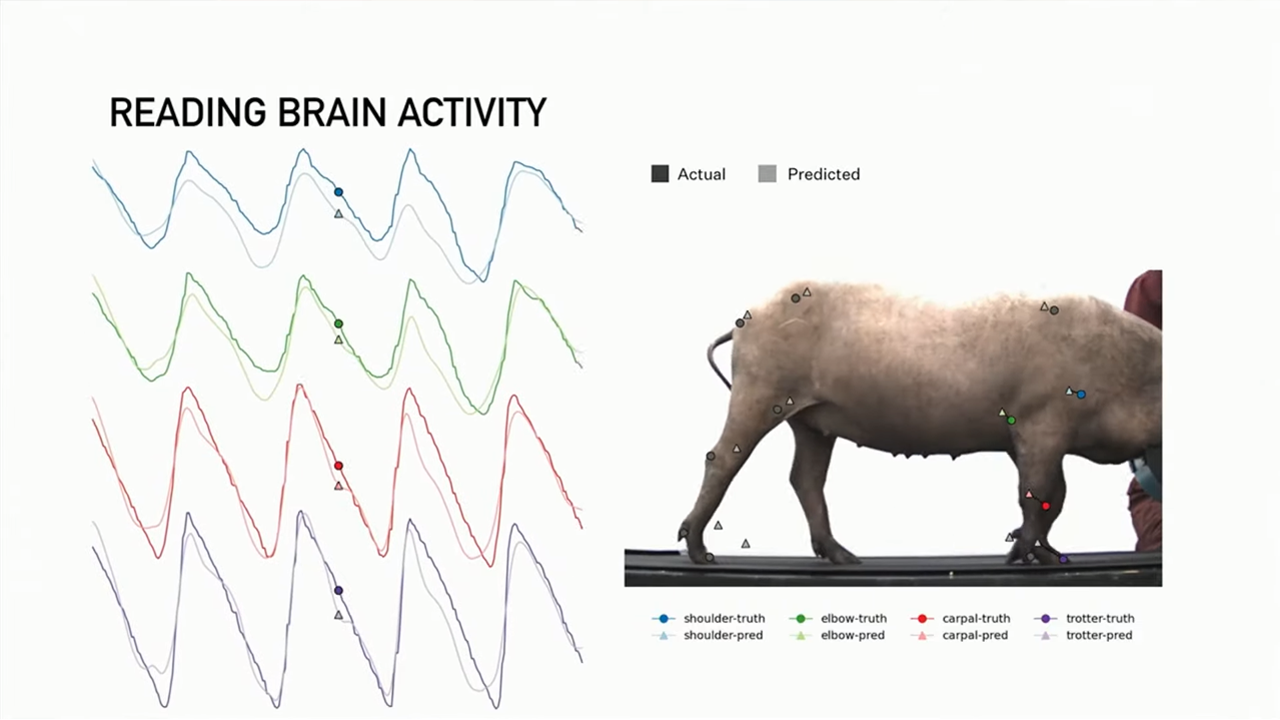
Musk did demonstrate a pig with its Link removed seemingly all happy and well, but it’s important to note that we are still not aware if the Link has any negative long-term effects – it seems this would be impossible to determine without a large-scale lifelong volunteer study, which could push the length of time before this technology is publicly available by at least a generation.

Whilst the current accuracy and read speed is certainly impressive, much will be learned form the upcoming human trials. These will establish in the true timescales of the project moving forwards, and how far away we are from both basic practical use, and the ability to solve neurological issues.
What is Musk's vision for Neuralink?
In line with Musk’s plan for the technology he creates to be of benefit to wider humanity, he wants Neuralink to only cost a low four-figure amount to the end customer, making it feasibly attainable for the majority of the first-world population. With neurological issues affecting most off us at some point in our lives, he realises that virtually everyone could benefit from this technology, hence wanting it to be accessible for all – an honourable goal.

The Neuralink team are aware of the moral and ethical issues surrounding the project, and have acted to allay any concerns at every turn.
The pigs Neuralink uses for its experiments take part on a “consensual” basis. Positive reinforcement is used to try and coerce the pigs to take part, but ultimately none of the animals are forced into doing things that they don’t want to do. This was shown during Friday’s conference, as the team had difficultly in making Gertrude take part in the demonstration, with them eventually giving up on that portion of the conference.

One of the arguments in favour of this kind of research is that technology such as that developed by Neuralink will be essential to combat the rise of AI, one which many feel is inevitable will go too far at some point in the future.

If instrumental convergence occurs, that is, the hypothetical tendency for a suitably intelligence AI to pursue goals such as self-preservation and resource gathering (e.g. not allowing a human to turn it off), Musk determines that a brain-computer link would be vital in keeping human intelligence above artificial intelligence, preventing global catastrophes such as human extinction.
Figures such as Musk, Bill Gates and the late Stephen Hawking all believed that AI could ultimately present such a threat, and Musk sees it as somewhat of his duty, as part of his wider goal to advance the human race, to also defend it against future threats.
Final Thoughts
Whether it’s AI, transport or interplanetary migration, Elon Musk has shown a determination to push the human race forwards, and to be open and transparent whilst doing so. This approach is somewhat strange for ground-breaking advances, but it’s a very welcome change to the norm, and one which I am hopeful will become the standard for such innovative work in future.
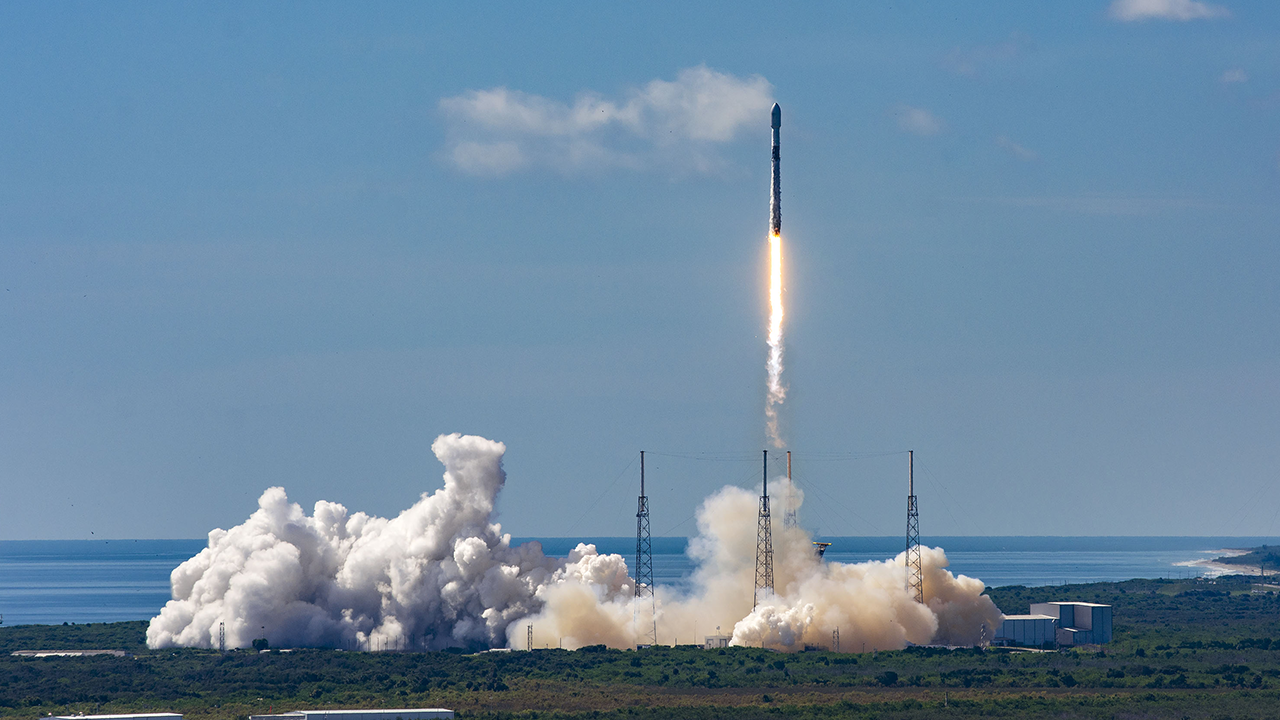
Musk is often critiqued for presenting bold ideas and big plans, whilst seemingly not working directly towards them. An example of this would be SpaceX’s ultimate goal of having a human colony on Mars – somewhat at at odds with their current activity of shuttling astronauts and payloads between Earth and the International Space Station.
However, this is all part of the business plan for SpaceX (and Musk’s other ventures). He knows that solely focusing on the end goal will yield little short-term results, meaning public interest will dwindle, and funding will dry up – funding that is desperately needed in order to make progress on the small steps that make the end goal possible. How will we achieve a self-sustaining colony on Mars? Nobody knows, but the round trips to the ISS are a very small building block towards achieving this, and if we can eventually do similar round-trips to Mars, colonisation is inevitable.

The same formula applies to Neuralink. How do we solve neurological disorders using BMIs? Nobody currently knows, but a demonstration of a read-only chip may help to attract the right talent, talent which may eventually develop an understanding of how to control electrical signals in the brain, allowing us to achieve the end goal.
What this preliminary work does – Tesla creating a profitable market-leading share in electric vehicles, SpaceX transporting payloads to and from the ISS, and now Neuralink publicly showcasing their technology thus far – is plant the seeds of a future to come in our brains, making us believe that it’s inevitable that non-fossil transportation will overtake their fossil equivalents, SpaceX will eventually colonise Mars, and Neuralink will allow us to solve neurological issues.

Is this all smoke with no fire? Judging by the personal investment that Elon Musk has put into the project (in the region of $100mil), and the world-leading scientists contributing to the project, this is a very serious attempt to create a technology that can push humanity forwards, much like Musk’s other ventures. We’re a long way away from a “Google in your head” scenario, but the work of Neuralink so far presents the first baby steps towards an awe-inspiring and exciting, but somewhat nerve-wracking, inevitable transhuman future – whether that’s one we are prepared for or not.
Published September 4, 2020.